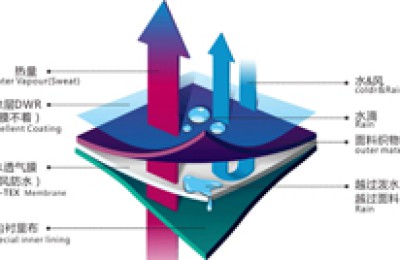Today’s fashion trends change every day, sweet, cool, pure lust… but these styles are all too beautiful and “hard”.
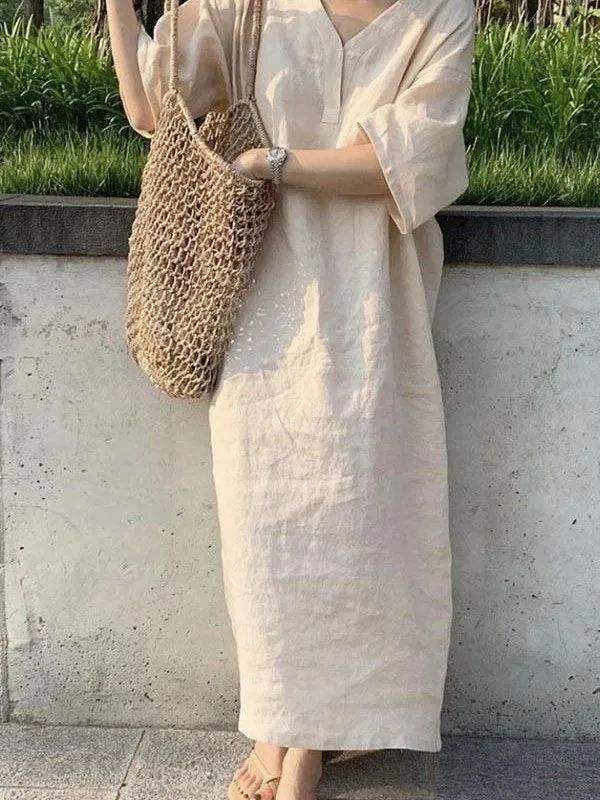
If I want to talk about the most relaxed and enduring style, I would think of all cotton and linen clothes – elegant colors, soft but textured feel, wide silhouette, and not too many eye-catching patterns. .
In the eyes of many young people, cotton and linen, which only pursue comfort but have no sense of fashion, are the clothes of the grandmothers.
I used to feel the same way. There are not many tailoring styles for cotton and linen clothes, and there are even very few waist-cinching shapes. The colors are also very single, either bland or tasteless or extremely gorgeous.
With such a wide “piece of cloth” hanging on the body, it looks a bit like a Taoist nun.
However, the beauty of cotton and linen is also reflected in these differences from other fabrics and styles.
From the fabric point of view, cotton and linen are a mixture of cotton fiber and linen fiber.
It not only retains the softness and delicateness of cotton, but also adds the crisp texture of linen; it not only avoids the “shrinkage” of cotton clothes when exposed to water, but also enhances the wrinkle resistance of full linen clothes.
There is no doubt that cotton and linen are comfortable. Especially compared to the chemical fiber polyester that is stuffy when worn next to the body and crackles with static electricity when taking off clothes at night (students from the north feel this), cotton and linen are like fabrics specially designed for babies to enjoy.
Cotton and linen also have excellent moisture absorption and heat dissipation properties.
Research has shown that clothes made of cotton and linen can reduce the surface temperature of the skin by 3 to 4 degrees Celsius, which can be called “natural air conditioning”.
At the same time, cotton and linen have a good inhibitory effect on bacteria and fungi, and can effectively prevent skin diseases.
According to Japanese research, cotton and linen sheets can prevent long-term bedridden patients from developing bedsores, and cotton and linen clothing can help prevent and treat certain skin diseases, such as common rashes and chronic eczema.
From a stylistic point of view, cotton and linen have more oriental charm.

Some people say that cotton and linen are calm and aristocratic.
Princess Diana of the United Kingdom truly regarded cotton and linen as her true love. She had attended major events wearing cotton and linen items many times, which also aroused the nationwide imitation.

Despite this, if cotton and linen have their own aristocratic temperament, I’m afraid it still can’t afford it.
Cotton and linen are too plain, not gorgeous enough and not eye-catching. At most, it can be called the “home style” of the aristocracy.
Some people say that cotton and linen should be the French people’s favorite.
The lazy temperament of cotton and linen does coincide with the French style.

But French laziness is advanced and refined. Compared to cotton and linen, the French style seems to be more suitable for silk clothing with rich colors and sexy cuts.
Some people say that cotton and linen are the basic fabrics of “forest style freshness” and are Japanese style.
Uniqlo, Muji and other Japanese brands that advocate “minimalist life” are particularly fond of cotton and linen items.
In fact, Uniqlo and MUJI have different temperaments.
MUJI adopts the “cool style”, and its clothing colors are darker, mainly black, gray, and dark blue, and the styles are also very single. Uniqlo’s clothing comes in a variety of colors, including basic styles and design styles.
But no matter which house it is in, cotton and linen can be mixed in without violating the rules.
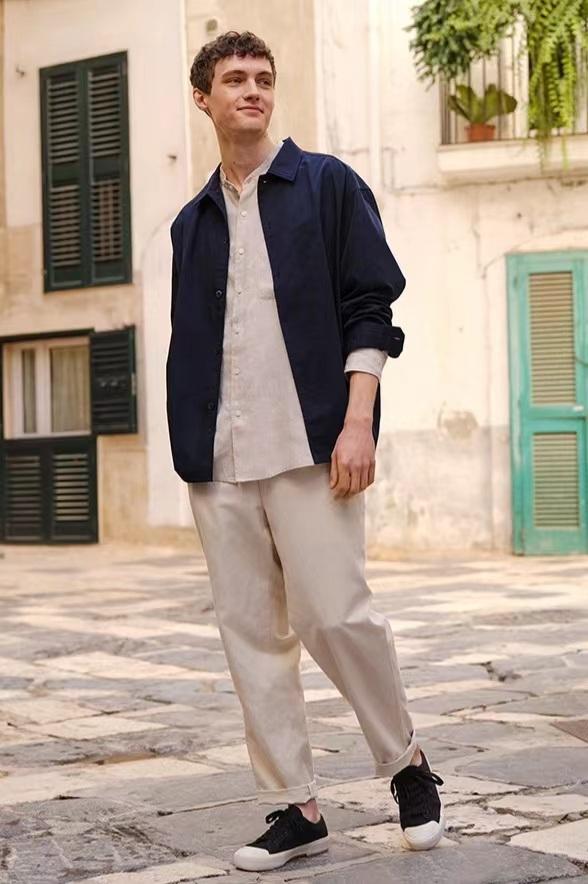
Cotton and linen are indeed very “forgiving”. Its raw materials come from nature. At the same time, the silhouette is loose and does not restrict the figure.
But forest style and Japanese style are not the same style. The Japanese style tends to be sweet, with many floral and other pattern designs, giving people a youthful and lively feel.
The style of the forest style is relatively fresh and elegant, mostly light colors, and matched with some light prints.
In my opinion, cotton and linen are the perfect match for Chinese style.
In fact, cotton and linen can be regarded as my country’s unique retro resurgence.
In the order of quality of clothing materials in ancient times, silk and satin were the first, cotton was the best, and linen was ordinary. Cotton and linen are the most popular choices in mass society.
However, influenced by Confucianism, Taoism and other thoughts, ordinary intellectuals dressed in cotton and linen have become representatives of the “commoner spirit” – open-minded, leisurely, simple and humble.
Nowadays, the Zen feeling we feel on cotton and linen clothes may also originate from the culture that has accumulated over thousands of years of history in our country.
In domestic clothing, there are many brands that favor cotton and linen fabrics.
For example, Inman is positioned as a “cotton and linen artist”, using cotton and linen as the main fabric, and the design also highlights Chinese elements such as stand-up collars and plate tops.
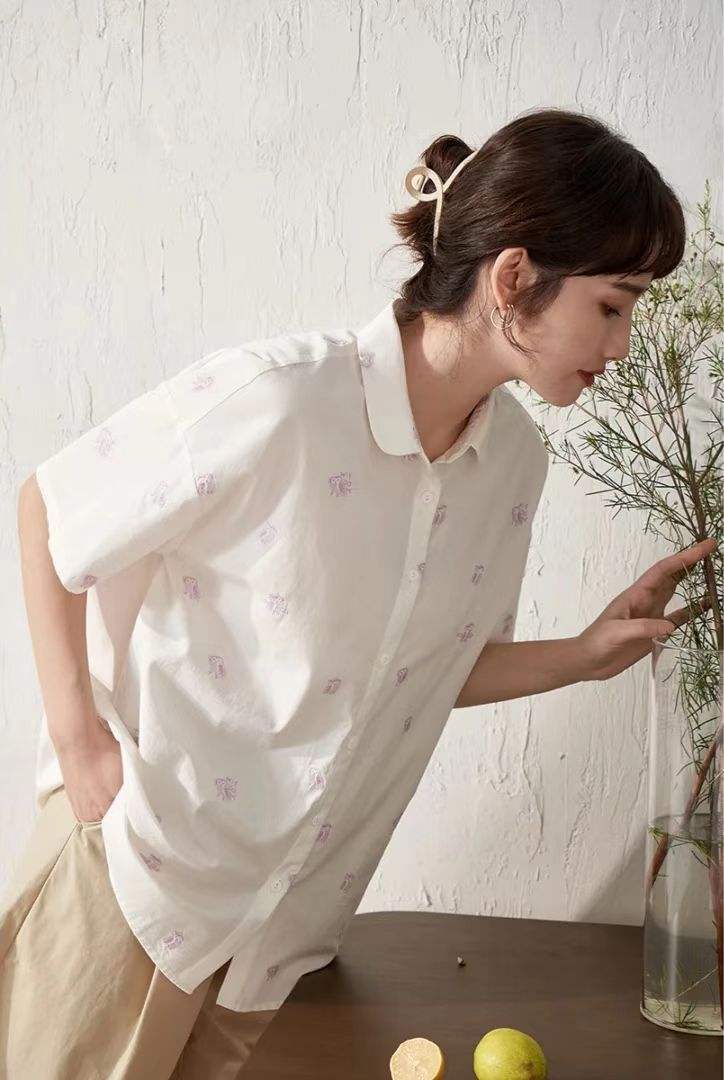
Hanma Shijia is a brand of Youngor Group, which also uses pure natural cotton and linen as raw materials for clothing. At the same time, Hanma Family has a hemp fiber production line in Xishuangbanna, Yunnan. The mature industrial chain provides sufficient quantity for the production of Hanma Family products.�Reliable quality yarns and fabrics.
Founded in 2012, Sulu is an oriental retro original designer brand that focuses on natural materials of cotton and linen. The design style is simple, rustic, and literary and retro. The design is mostly based on loose silhouettes, which is good for the body. No restraints, emphasis on comfort.
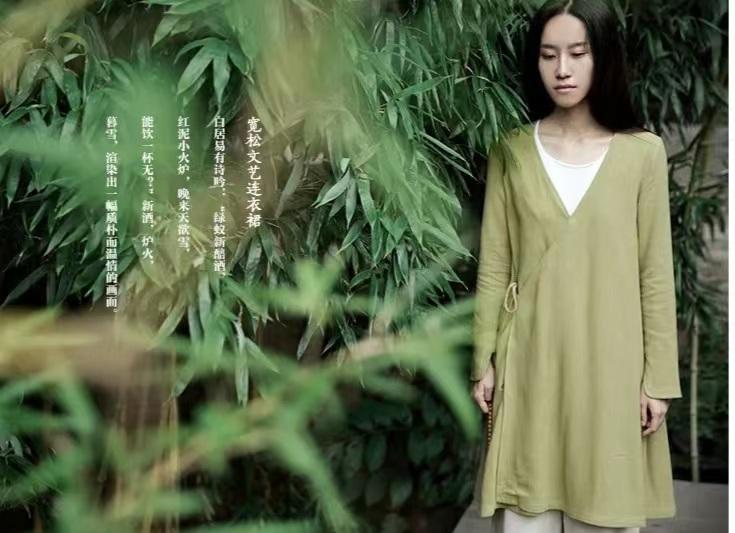
Many times, our pursuit of fashion turns “people wearing clothes” into “clothes wearing people”. To find your own unique temperament, you might as well start with a piece of cotton and linen clothes.
After all, Mianma, who is not from a “noble family”, is the standard for this summer’s “big heroine”.






